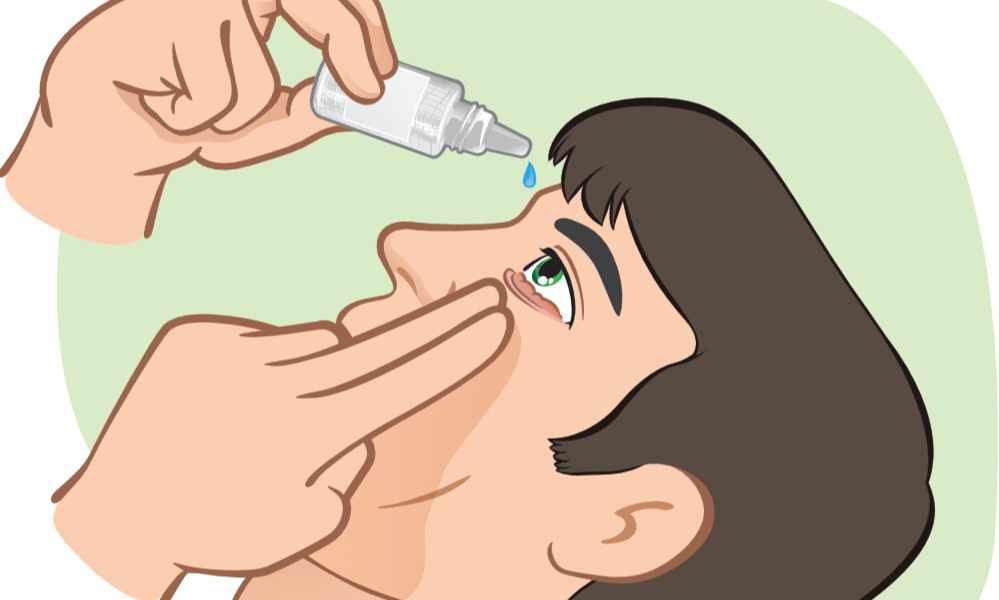Learn How to Manage Dry Eyes with Simple Tips
Dry eyes affect millions of people worldwide, causing discomfort, irritation, and potential vision problems. This common condition occurs when your eyes don't produce enough tears or when the tears evaporate too quickly. Understanding how to manage dry eyes effectively can significantly improve your quality of life and prevent long-term complications that may require professional treatment.

How to Manage Dry Eyes with Simple Tips
Managing dry eyes starts with understanding the underlying causes. Environmental factors like air conditioning, wind, and screen time can worsen symptoms. Simple lifestyle adjustments can provide immediate relief. Ensure you blink frequently, especially during computer work, as this helps distribute natural tears across your eye surface. Position your computer screen slightly below eye level to reduce tear evaporation.
Creating a humid environment in your home or office using a humidifier can help maintain moisture levels. Wearing wraparound sunglasses outdoors protects your eyes from wind and dry air. Additionally, staying hydrated by drinking adequate water throughout the day supports your body’s natural tear production. Taking regular breaks from activities that require intense focus, such as reading or driving, allows your eyes to rest and recover.
Dry Eye Remedies That Work
Several proven dry eye remedies can provide significant relief without prescription medications. Warm compresses applied to closed eyelids for 10-15 minutes can help unblock oil glands and improve tear quality. The heat melts thickened oils in your meibomian glands, allowing them to flow more freely and create a protective layer over your tears.
Artificial tears are among the most effective over-the-counter solutions. Choose preservative-free options for frequent use, as preservatives can irritate sensitive eyes. Omega-3 fatty acid supplements, particularly those containing EPA and DHA, have shown promise in reducing dry eye symptoms by improving tear production and reducing inflammation. Gentle eyelid massage and proper eyelid hygiene using diluted baby shampoo can also help maintain healthy tear film.
How to Manage Dry Eye at Home
Home management strategies focus on creating an eye-friendly environment and establishing consistent care routines. Adjust your indoor air quality by avoiding direct exposure to fans, air conditioning vents, and heating systems. Use air purifiers to reduce allergens and irritants that can worsen dry eye symptoms.
Dietary modifications can support eye health significantly. Include foods rich in omega-3 fatty acids, such as salmon, walnuts, and flaxseeds, in your regular diet. Vitamin D and vitamin A also play crucial roles in maintaining healthy tear production. Establishing a consistent sleep schedule ensures your eyes have adequate time to repair and regenerate overnight.
Consider making ergonomic adjustments to your workspace, including proper lighting that reduces glare and strain. The 20-20-20 rule proves particularly effective: every 20 minutes, look at something 20 feet away for at least 20 seconds. This simple practice reduces eye fatigue and promotes natural blinking.
When Professional Treatment Becomes Necessary
While home remedies and lifestyle changes can effectively manage mild to moderate dry eye symptoms, some situations require professional intervention. Persistent symptoms lasting more than a few weeks, severe pain, vision changes, or discharge warrant immediate medical attention. Eye care professionals can diagnose underlying conditions and recommend appropriate treatment options.
Professional treatments may include prescription eye drops, punctal plugs to conserve tears, or specialized procedures like intense pulsed light therapy. Some patients benefit from prescription medications that increase tear production or reduce inflammation. Regular eye examinations help monitor your condition and adjust treatment plans as needed.
| Treatment Option | Provider Type | Average Cost Estimate |
|---|---|---|
| Artificial Tears (OTC) | Pharmacy/Retail | $5-15 per bottle |
| Prescription Eye Drops | Ophthalmologist | $100-300 per month |
| Punctal Plugs | Eye Care Specialist | $200-600 per eye |
| Professional Consultation | Optometrist/Ophthalmologist | $150-400 per visit |
Prices, rates, or cost estimates mentioned in this article are based on the latest available information but may change over time. Independent research is advised before making financial decisions.
Preventing Future Dry Eye Episodes
Prevention strategies help maintain long-term eye health and reduce the frequency of dry eye episodes. Regular eye examinations allow for early detection and treatment of underlying conditions. Protecting your eyes from environmental irritants, maintaining good nutrition, and staying adequately hydrated form the foundation of preventive care.
Consider making gradual lifestyle changes rather than attempting dramatic modifications all at once. Start with simple adjustments like using a humidifier or taking more frequent breaks from screen time. Monitor your symptoms and identify personal triggers that worsen your dry eye condition. This information helps you develop personalized management strategies.
Managing dry eyes successfully requires a combination of immediate relief strategies and long-term lifestyle modifications. While many people find significant improvement through home remedies and over-the-counter treatments, persistent or severe symptoms should prompt professional evaluation. With proper management, most people can achieve comfortable vision and improved quality of life despite having dry eyes.
This article is for informational purposes only and should not be considered medical advice. Please consult a qualified healthcare professional for personalized guidance and treatment.




